A factory in Harrow that recently closed, Kodak manufactured photographic paper and film. Old turbines in the power house remain
History of the Kodak Alaris site in Harrow, London
Kodak’s first facility to open outside the US was located in Harrow, on a 7 acre plot of land. Opening in 1891, the site was originally used to develop photographs and kept around 100 chickens on site to supply the egg white required to coat the paper.
As the factory expanded, production of film rolls started, along with the manufacture of photographic paper. By the 1950s Kodak was the largest manufacturing plant in the British Commonwealth and employed around 6,000 staff.
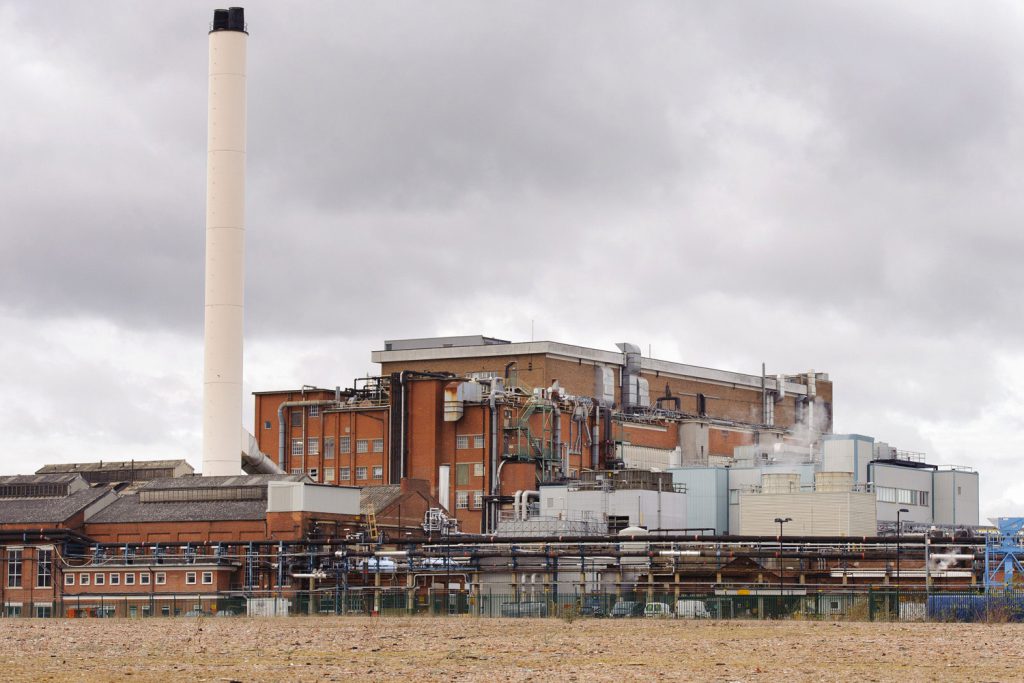
Much more of the production process took place at the Harrow site in years gone by than it did more recently, including more coating and printing of the back of the paper. By the time of closure, only the final photographic coating was applied at Harrow, everything else was done at Kodak’s site in Germany before shipping the rolls of paper over to the UK for completion.
Production of photographic film ended in 2005, owing to the increasing popularity of digital imaging. As the demand for photographic prints dropped, so did production at the Harrow site. Closure was announced in April 2016, and production ceased in December 2016.
Power House
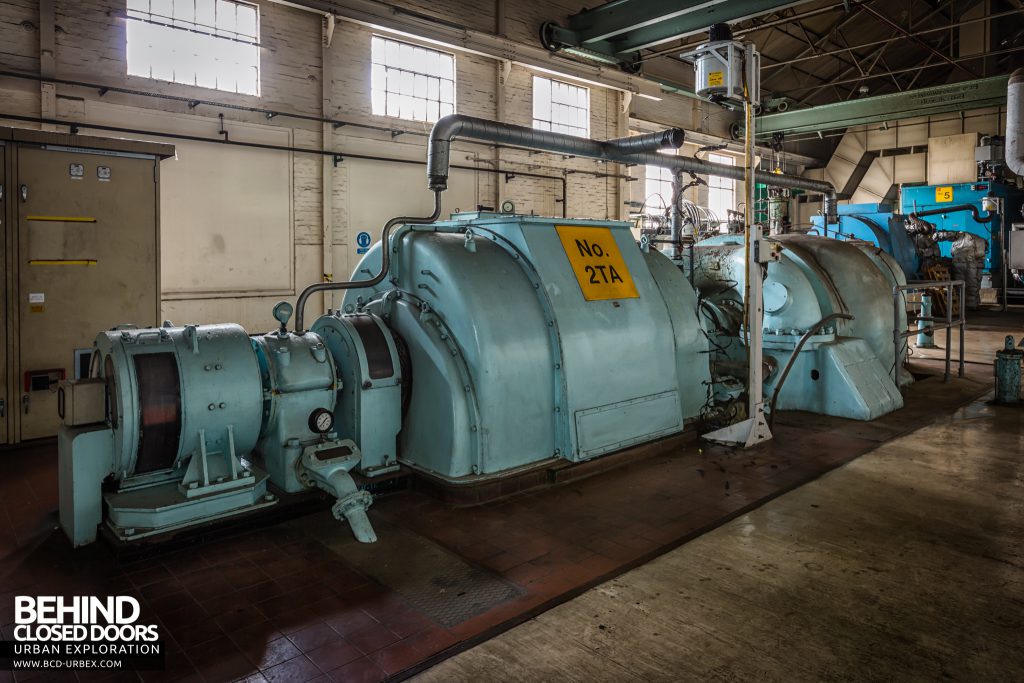
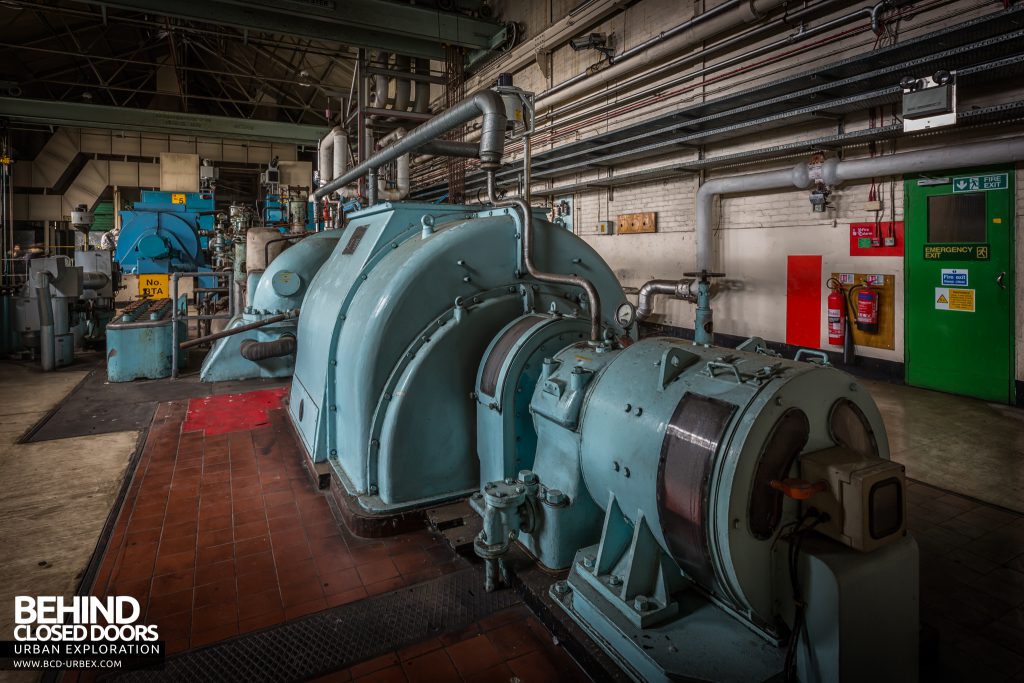
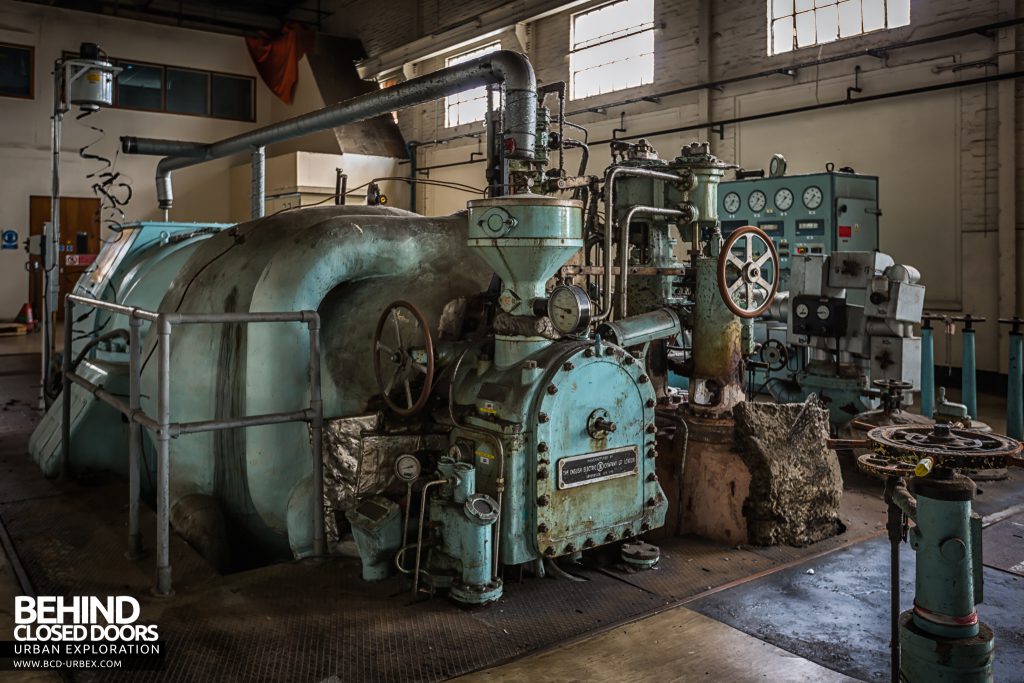
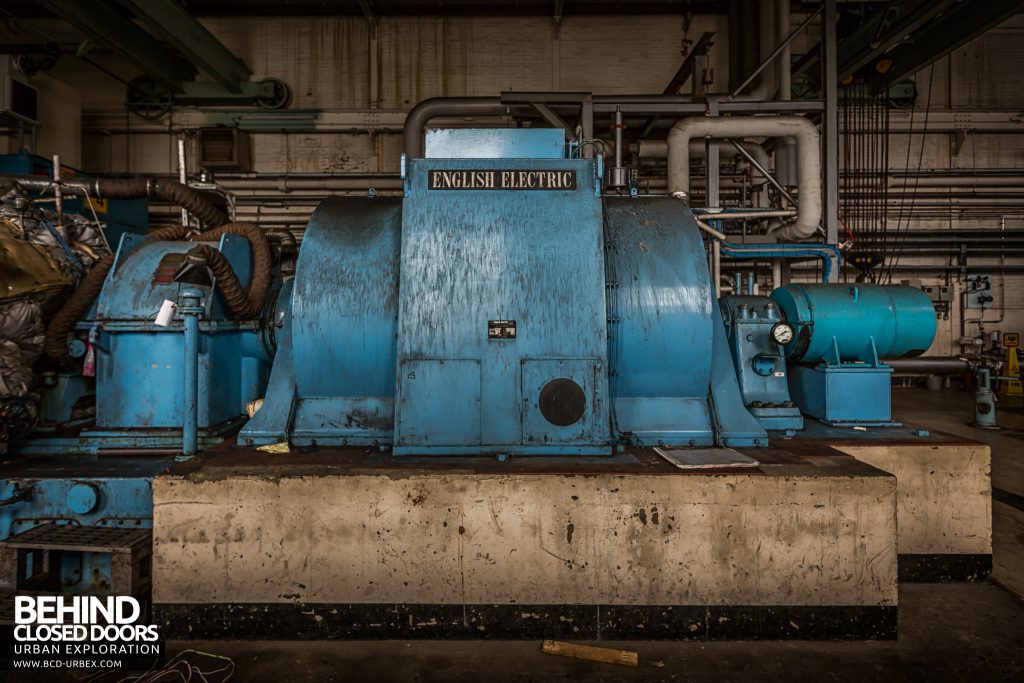
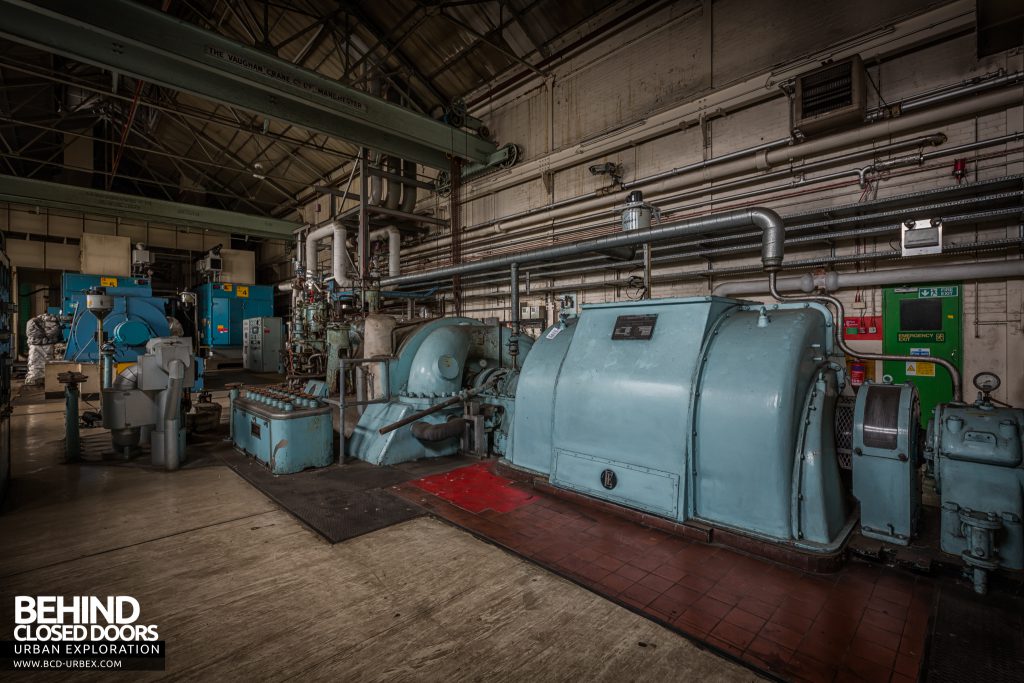
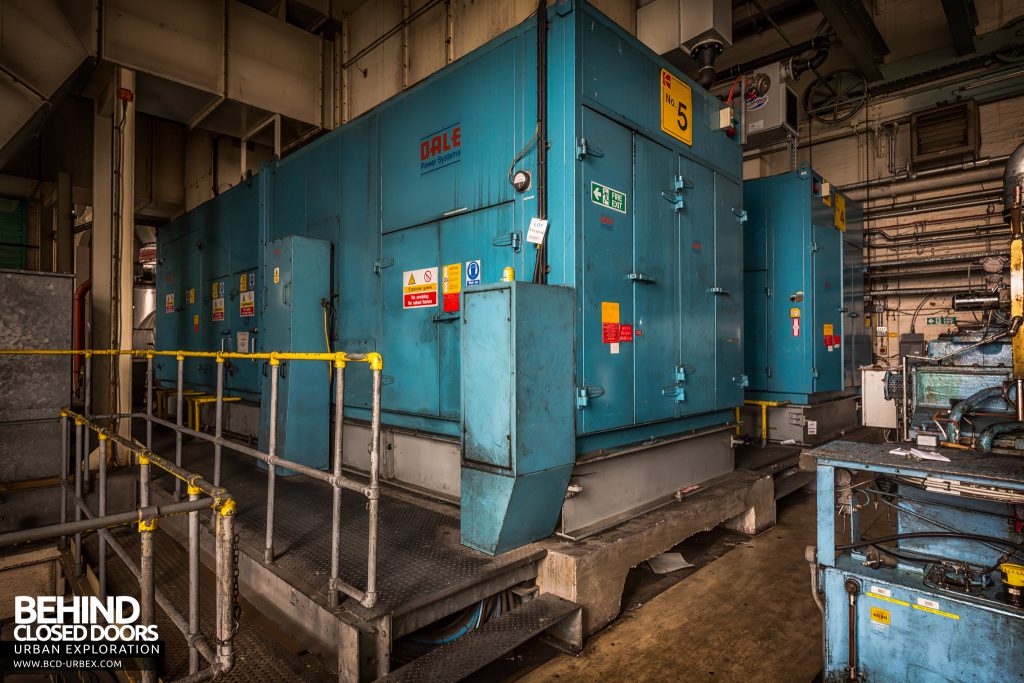
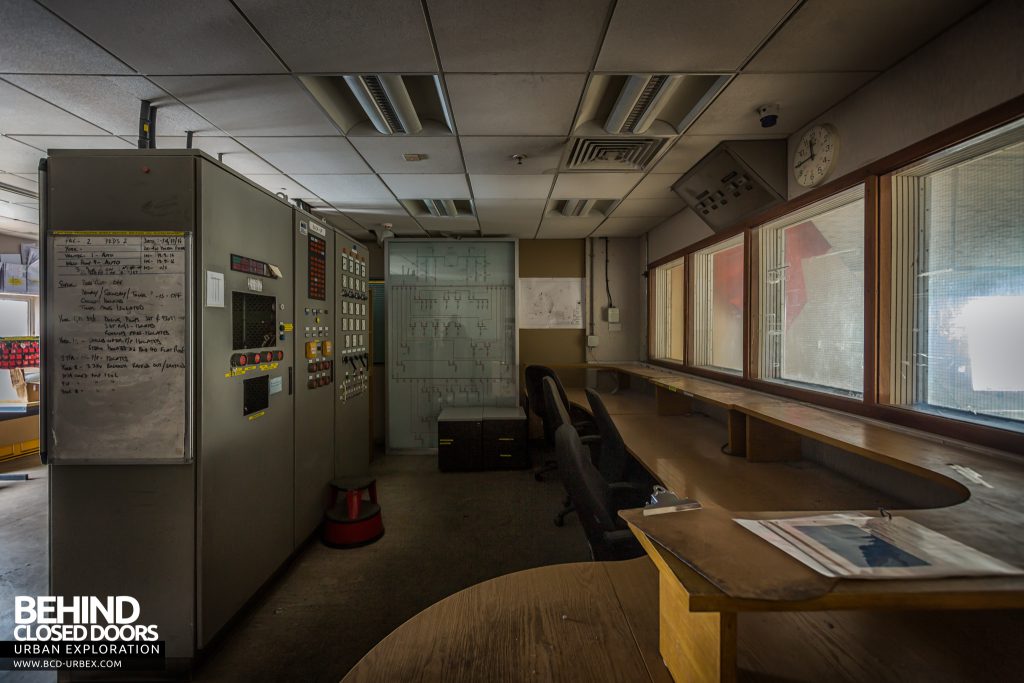
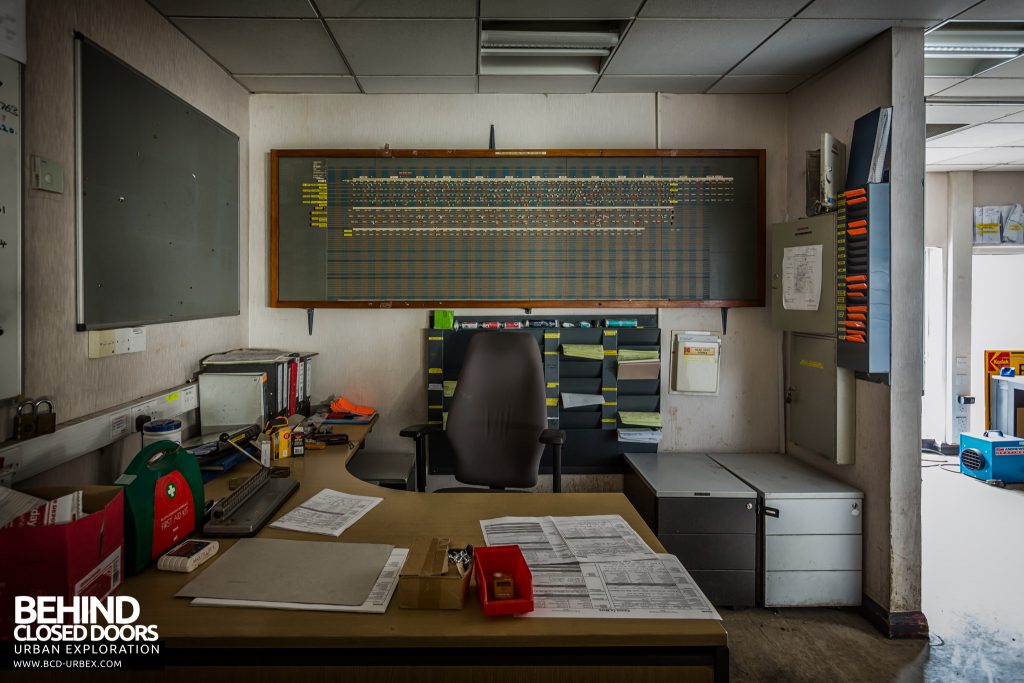
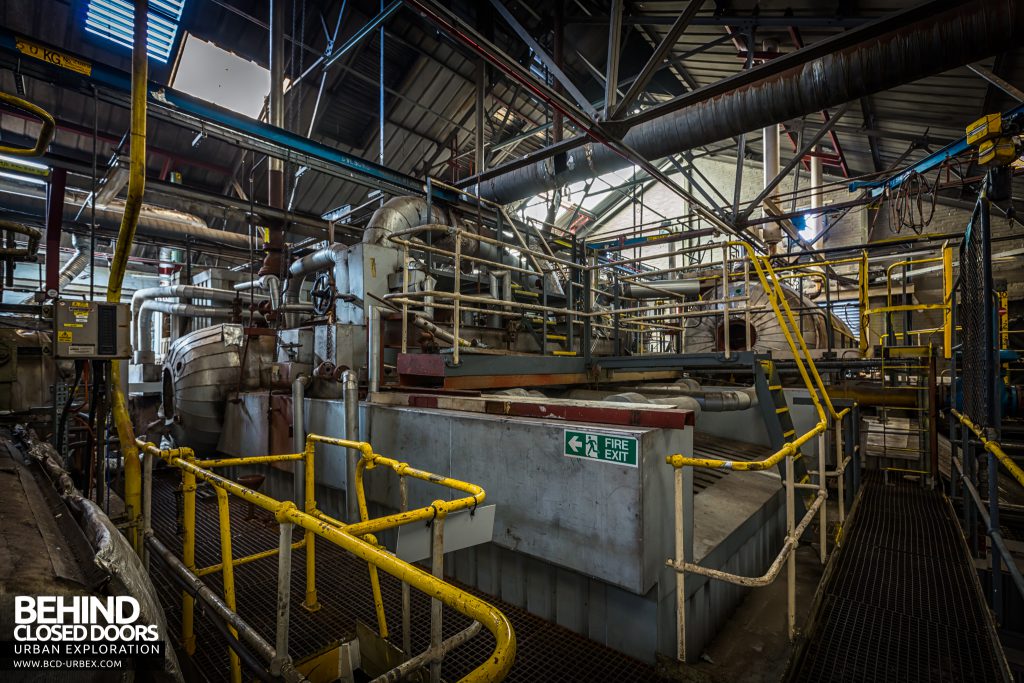
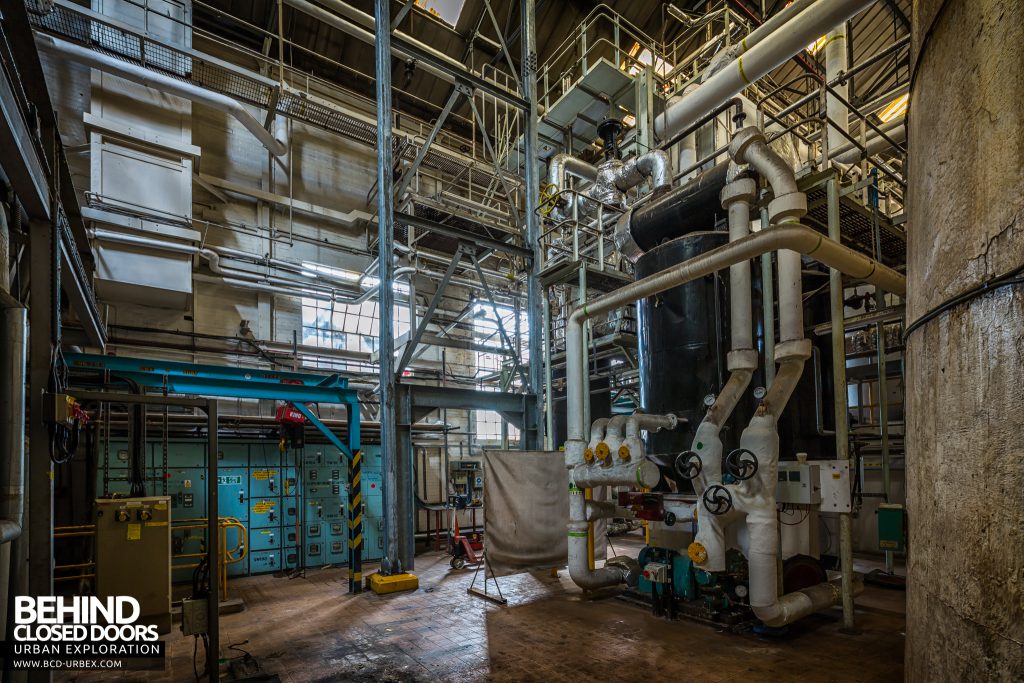
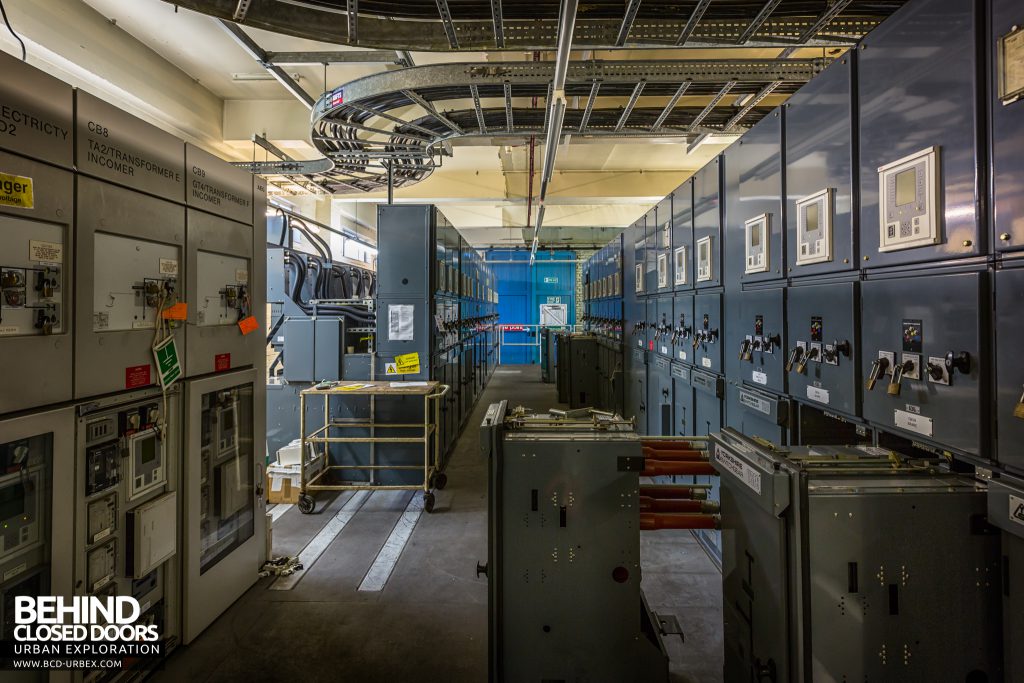
The main building – photographic paper production
Moving into the main factory – this was already mainly stripped with only a few bits of machinery remaining…
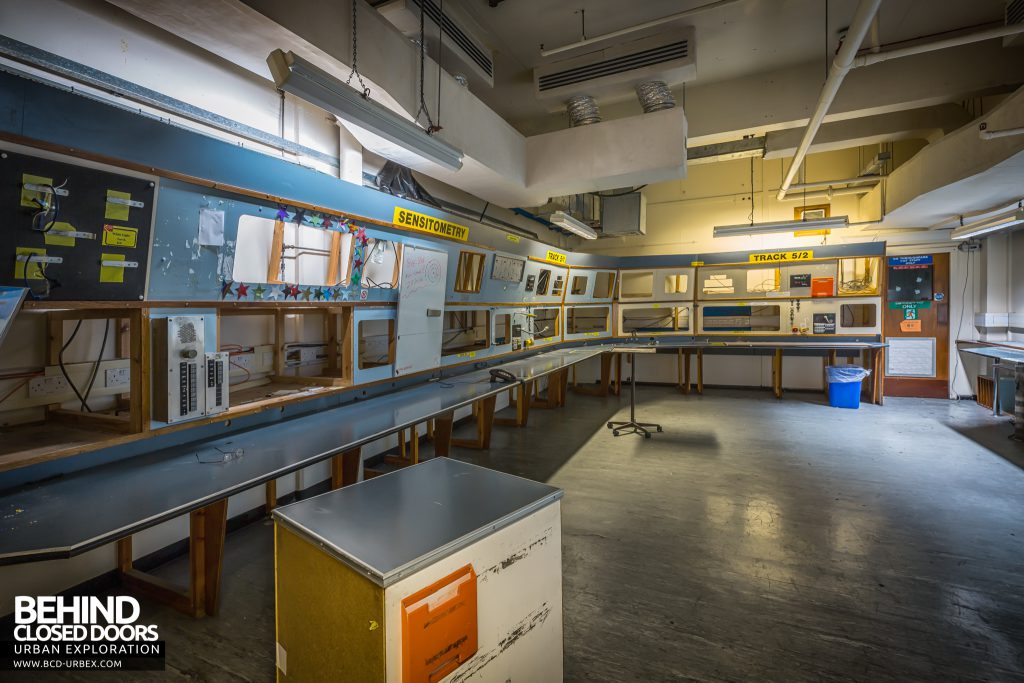
A photosphere inside the control room when it was in use can be seen here
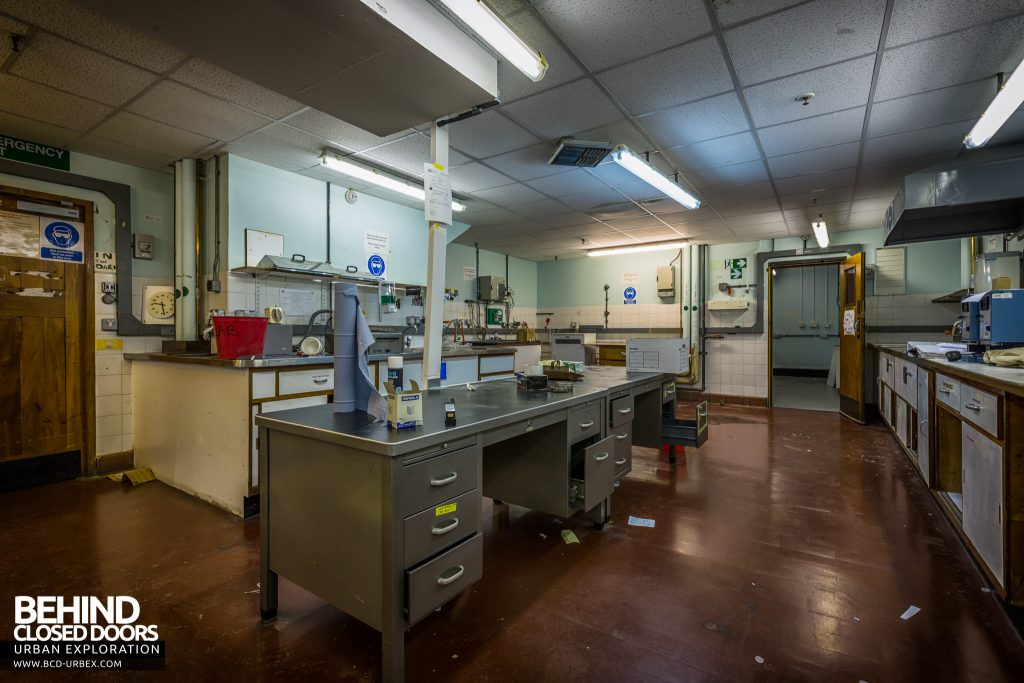

As you approach the production lines called tracks, lighting levels become gradually dimmer. This allowed the operators eyes to adjust to the near-darkness conditions they would be working in during their shift.
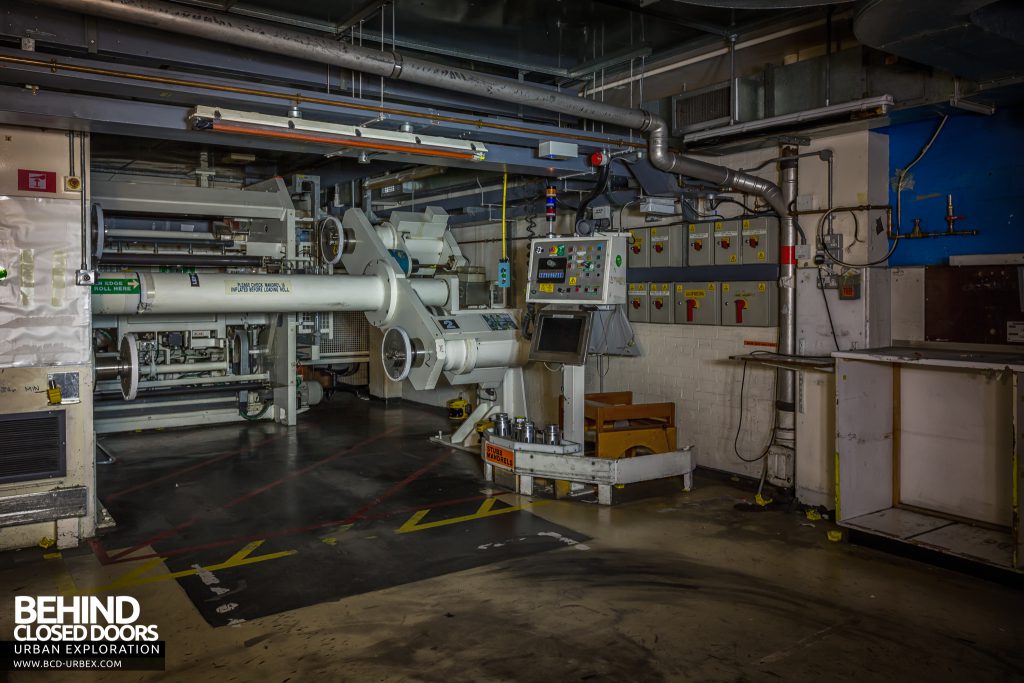
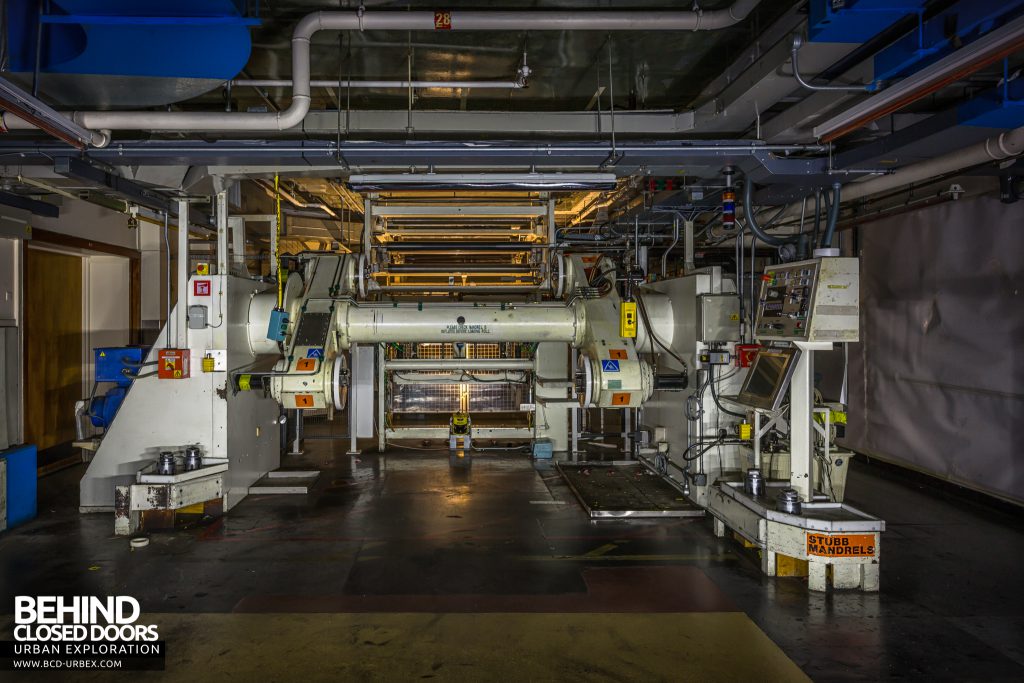
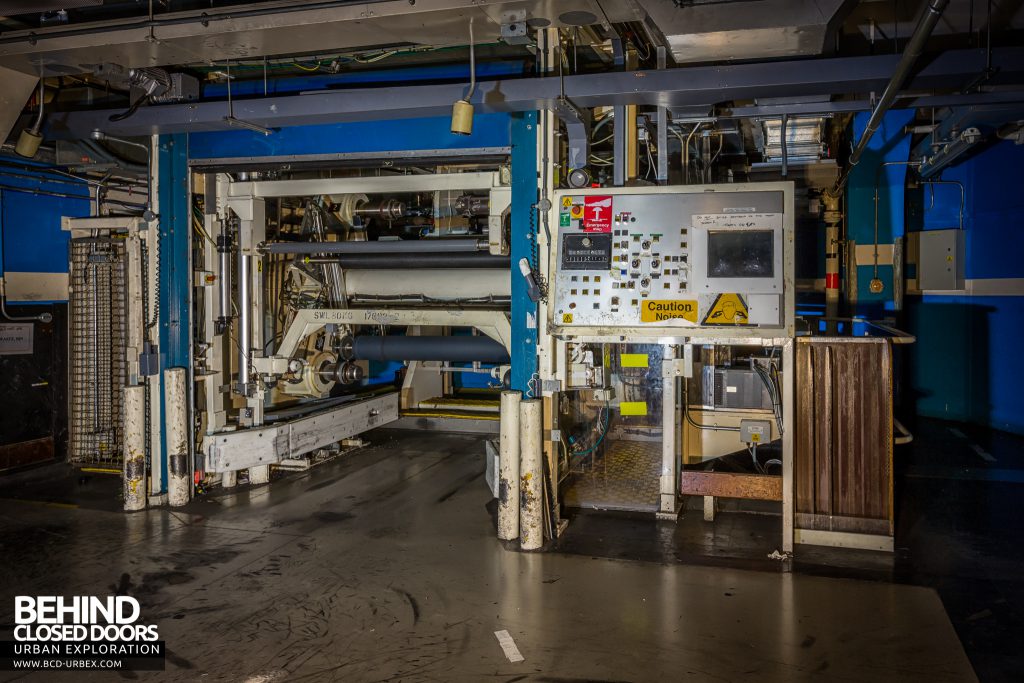



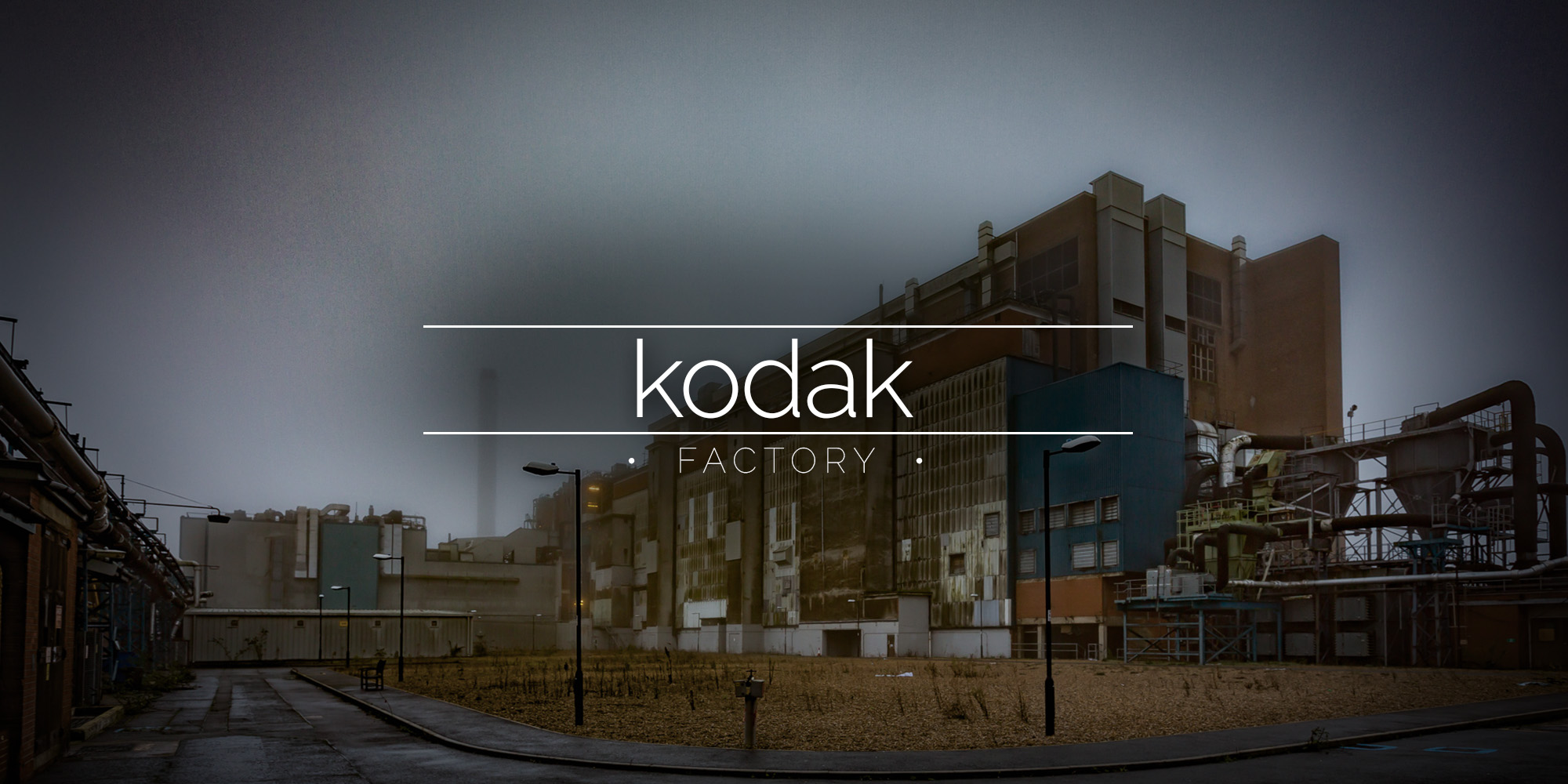

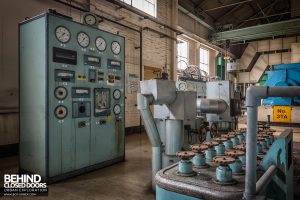
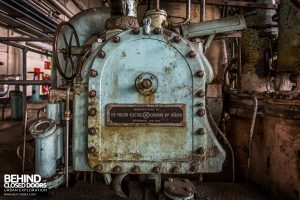
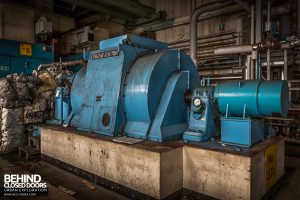
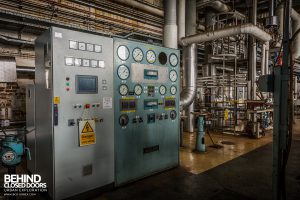
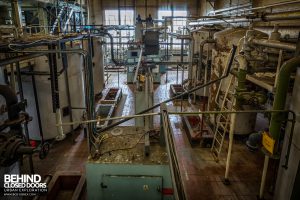
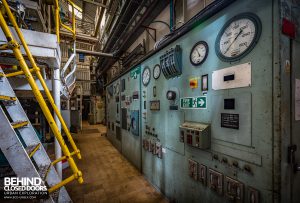
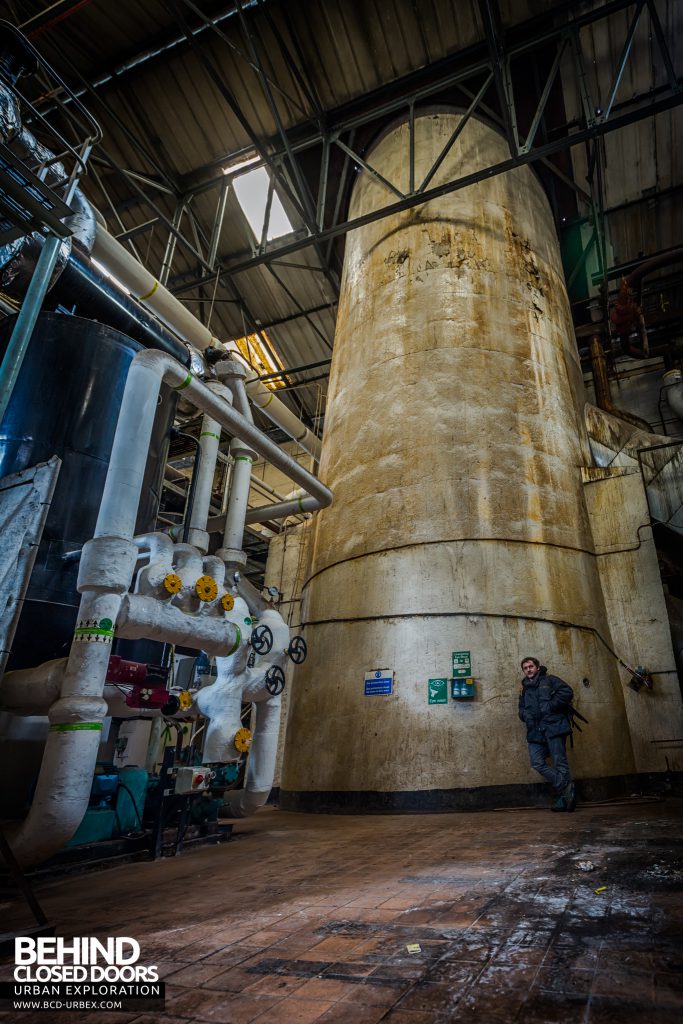
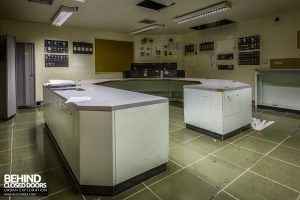
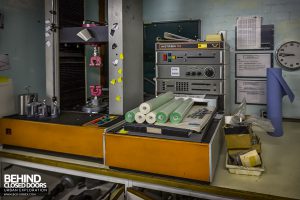
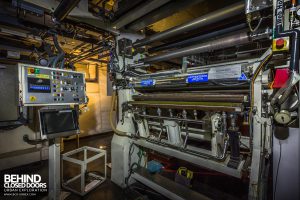
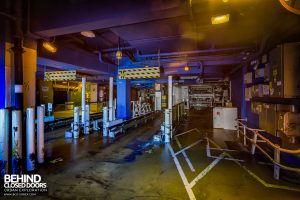
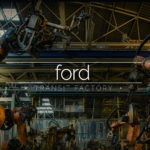
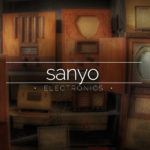
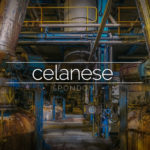
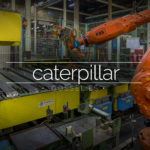

The paper was not “bombarded with electrons.” It was a chemical coating process. After testing the rolls were then slit into reels the correct size for printing on site before despatch. Love the photos though.
Now that’s a Kodak name!
Brings back memories.
Very sad.
It was one lovely place to work,very sad to see it go.
11 very happy years there 1953- 64
I enjoyed seeing this. Bob Shanebrook.